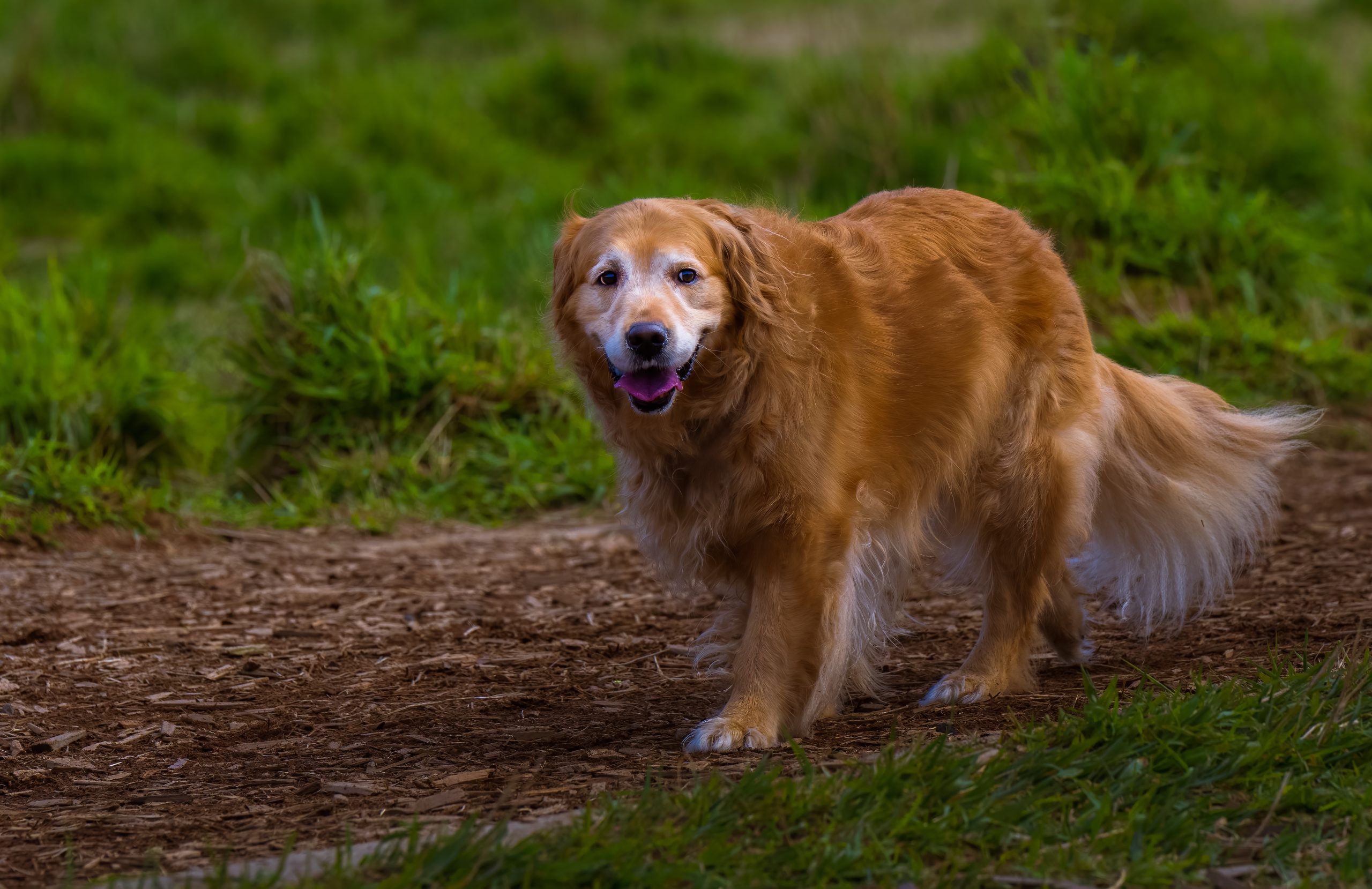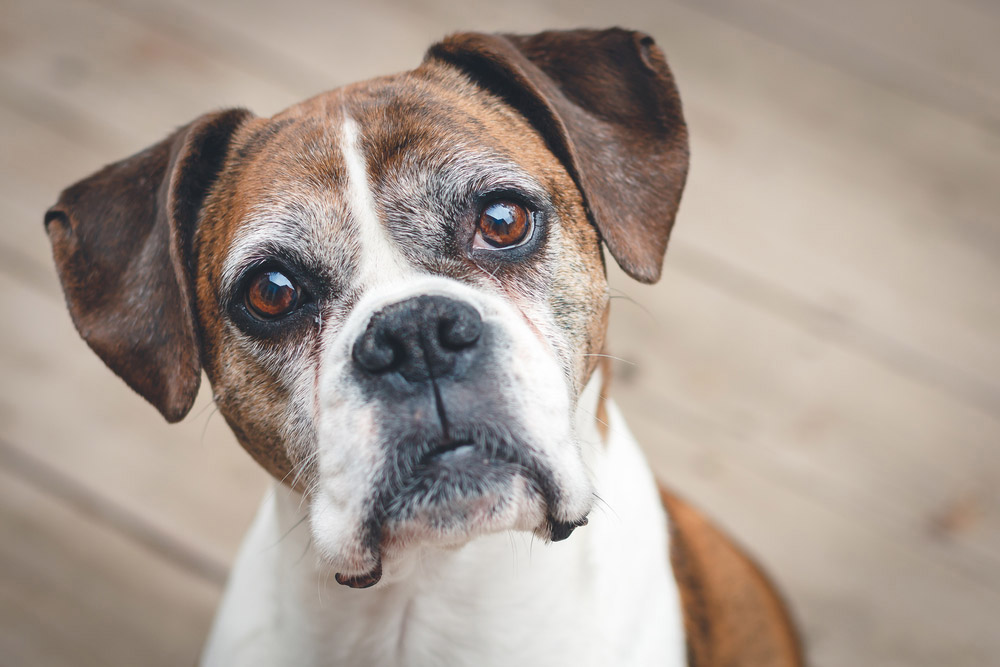
Aging is a natural process that everyone should accept and embrace with love. Just like humans, dogs and other animals experience aging and even exhibit some of the same signs of aging as humans. Dogs start showing their first signs of aging as early as 5–8 years old depending on their size, which might include subtle signs like graying, frequent sleeping, or a reduced desire for playtime.
Many things affect aging and how it is manifested. A gray coat is an entirely normal sign of aging. However, it can happen prematurely due to several different factors. Some puppies or younger dogs might get gray hair due to genetics or get premature gray hair due to the stress of phobias and anxieties. Some dog breeds get gray hairs naturally around their muzzles, such as Schnauzers or Poodles. Read the article below to learn more about aging and graying and when it might occur in dogs.


When Do Dogs Start Aging?
The moment when each dog starts aging will depend on many factors, but mostly, it is entirely individual and varies from dog to dog. Most dogs typically begin showing signs of aging at around 8 years old. However, some may show signs of aging earlier or later. It is thought that larger dog breeds tend to age earlier, while smaller dog breeds show signs of aging years later on average. Aging is a complex and multifactorial process. Some of the diseases associated with aging are canine cognitive dysfunction, arthritis and cancer.
The year when your dog will show signs of aging will depend on genetic and environmental factors such as their overall health and care, anxiety levels, and amount of wear and tear on their joints. Keeping a dog engaged in many fun activities and providing ample mental and physical stimulation over the years can ensure their brain is sharp and healthy.


Signs of Aging
There are many signs to look out for that indicate your dog is beginning to age. Besides the most obvious sign, white or gray fur, there are other, more subtle things to look out for.
- Loss of muscle mass
- Cloudy eyes
- Sleeping more
Other signs such as bad breath, confusion, drinking and urinating more than usual and poor mobility should not be attributed simply to aging as they are signs of disease which should be addressed with your veterinarian. While these signs do occur more frequently in aged dogs, it is important to note many of these problems have underlying causes that are treatable, which can improve your pets length and quality of life.

When Do Dogs Start Getting Gray Fur?
Gray fur is one of the first things you may notice in your mature dog. When your dog’s fur starts getting gray, it does mean they are getting older, but they don’t necessarily have to be senior dogs. Most dogs will get their first white patches of fur at age 5–8. The first part of their body to become gray is the muzzle. However, some breeds are predisposed to premature graying.


Reasons for Gray Fur
While we understand that dogs go gray at a certain age, and some get gray fur prematurely, we don’t quite understand why. While age is the most prevalent factor for getting gray fur, there are other subtle reasons why this may occur in dogs.
Just like anxiety can cause people to get gray hairs faster, it can also happen to dogs. Dogs are prone to getting anxious, especially if they are scared of loud sounds like thunder, trains, or fireworks. How anxiety affects dog’s fur is still not entirely known. However, there are ways you can help your dog by reducing their anxiety levels. You can talk to your veterinarian about anxiety management which is usually a combination of training and behavior modification, over the counter anxiety remedies and possibly medications.
Genetics plays another vital role in the gray fur of a dog or premature graying. Perfectly healthy dogs can still experience this phenomenon. Due to genetics, even some puppies might get patches of gray fur, which in time becomes silver. Certain breeds, such as Schnauzers, are more commonly seen with this condition, whose beards are naturally gray. Breeds like the Weimaraner have their coats naturally entirely gray or silver, which has nothing to do with their age or health. The American Kennel Club recognizes their silver coloring as an official standard.


Final Thoughts
Once you learn all about gray hairs and why they might start appearing on your young dog, you will know that genetics also play an essential role and that your dog is probably entirely healthy. However, premature graying can also occur due to high anxiety levels, especially from noise phobias.
While most dogs will start getting gray at around 5–8 years old, some patches of gray fur can appear even earlier. This depends on your dog’s breed, color, and genetics. Remember that some breeds are more prone to getting gray hairs quite early, such as poodles and Schnauzers, who get gray muzzles very early on.
Featured Image Credit: Wallula, Pixabay



